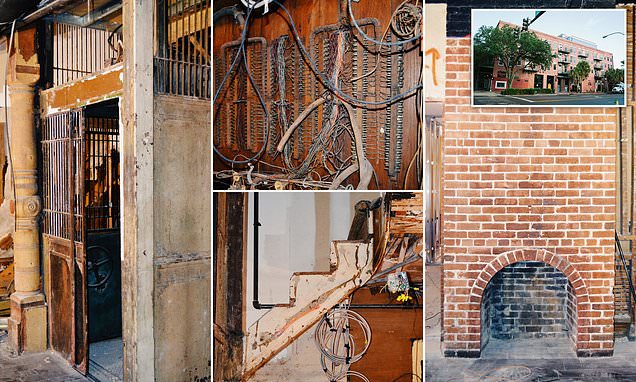The oldest hotel in the city has gone through several incarnations after serving as a plush hotel in which the likes of famous people such as Franklin D. Roosevelt, Clarence Darrow, Babe Ruth and Will Rogers stayed.
Between the years of 1888 and 1889, the Detroit Hotel was built at 217 Central Ave. in St. Petersburg, Florida.
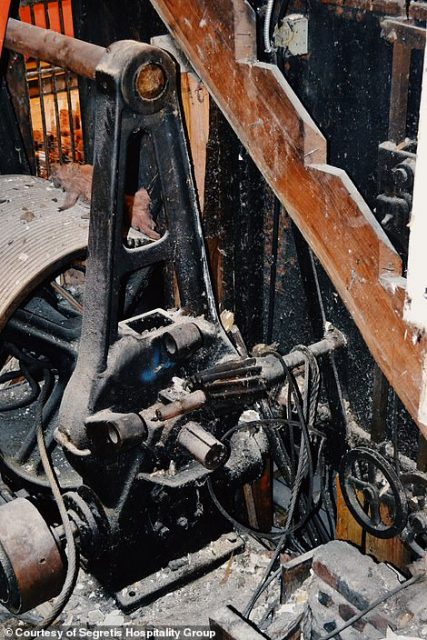
After it closed in 1993 it was converted to a four story residential condominium and opened in 2002 with a Caddy’s bar on the ground floor. The ground floor is again being remodeled and the workers have uncovered some astonishing finds from the hotel’s heyday.
The original elevator, the second in the state, was found with its original paint, a hand crank that worked the gated sliding doors and a plaque that reads: The Warner Elevator Mfg. Co., Cincinnati. Under the elevator floor the motor and gears are still intact but the cables have been cut.
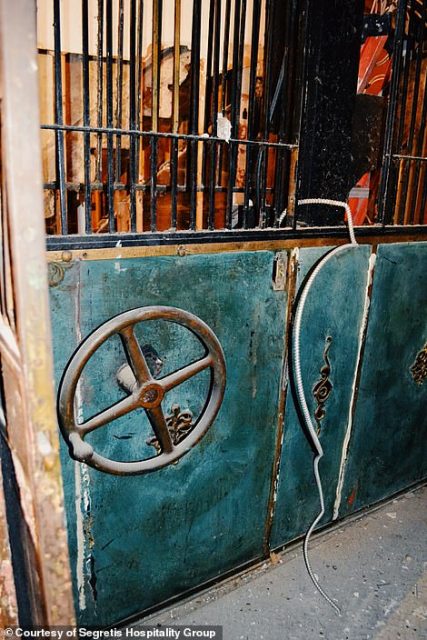
According to tampabay.com, architectural history professor Lee Gray from the University of North Carolina at Charlotte believes the elevator was probably installed about ten years after the hotel was built as the first elevators which arrived in the United States in the 1860s were steam powered.
Additionally, St. Petersburg did not have electricity until 1897. A staircase that goes nowhere; perhaps the one that was used before the elevator was installed, the original wooden switchboard with the room numbers still legible in pencil and a boarded up fireplace have also been uncovered.
There was also some very old wallpaper that may have been hand painted and a newspaper advertisement for horse drawn carriages.
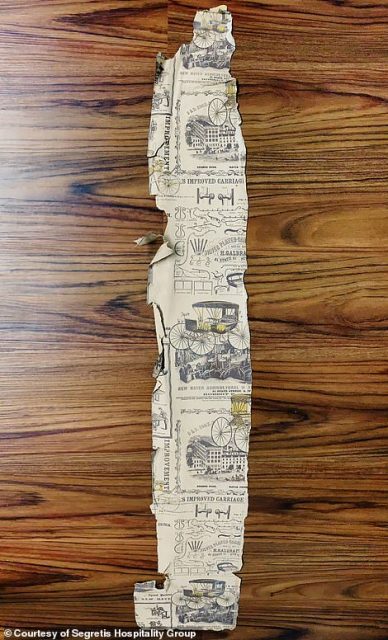
Segretis Hospitality Group is in charge of the remodeling, according to tampabay.com, and has decided that the newly found features will be restored and included in the décor.
As much of the old wallpaper as possible was saved and framed and Segretis CEO, Frank Segreti, is hoping to recreate the wallpaper to use in the restaurant that will be part of the new design. The steps will still lead to nowhere but will be restored for the décor.
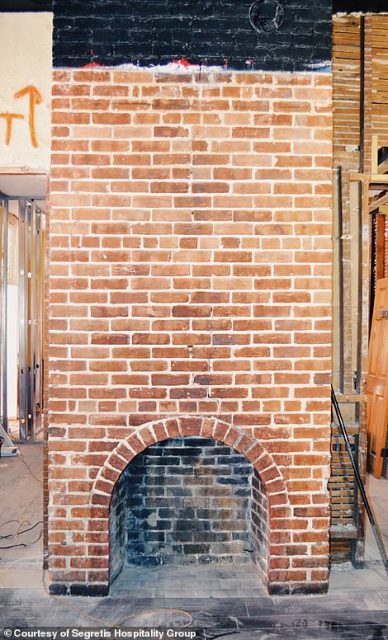
The tentative plan for the elevator is to make it into a photo booth for selfies in front of the ornate gates. The most important thing is that the historical features will be restored and preserved for the public to see again.
The Detroit Hotel was built by the founders of St. Petersburg, Peter Demens and General John Constantine Williams.
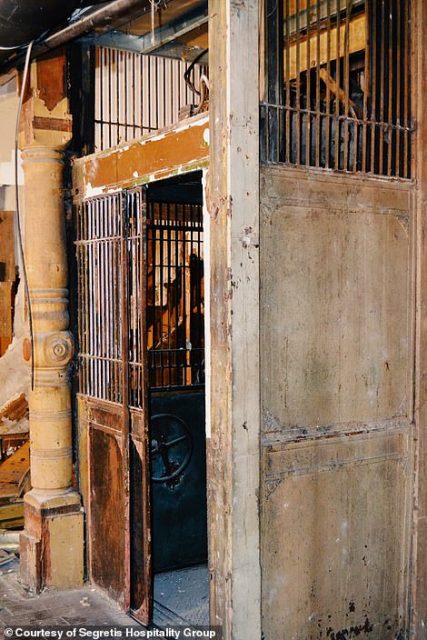
Williams was the owner of the land which he gave to Demens in exchange for bringing the Orange Belt Railway through St. Petersburg rather than straight to Gulfport because he knew the railroad would help to grow the town and make it prosperous.
Williams was from Detroit, Michigan which explains the name of the hotel and Demens had immigrated from Russia naming the town after his hometown. The cost of building the hotel was ten thousand dollars which the two men split.
The Queen Anne styled hotel had forty rooms – more than the entire population of St. Petersburg could fill and a seventy foot high tower but there were some that thought that building such a lavish hotel in such a small town was foolhardy.
After the railroad was built, the hotel did so well that brick extensions were built on each side to add rooms. Jack Spinrad, a transplanted New Yorker who now lives in St. Petersburg and writes a blog for greenbenchmonthly.com, reports that advertising for the hotel in “the healthful St. Petersburg climate” brought tourists from all over.
Improvements to the property included a gazebo with a minaret in the late 1890s and the two brick additions in 1910 and 1914.
Eventually the original wooden façade was covered by brick. The hotel survived the 1921 Category 4 Tampa Bay hurricane with damage confined to the roof. It closed in 1993 and was later converted into condos and a ground floor restaurant.
Another Article From Us: Tutankhamun Dagger Was Made From a Meteorite
The architects at Sol Design Studio are working with Segretis to add two eateries, a Pizza n’ Brew and an American style restaurant with outside space for socializing. The new eateries are expected to open in December.
